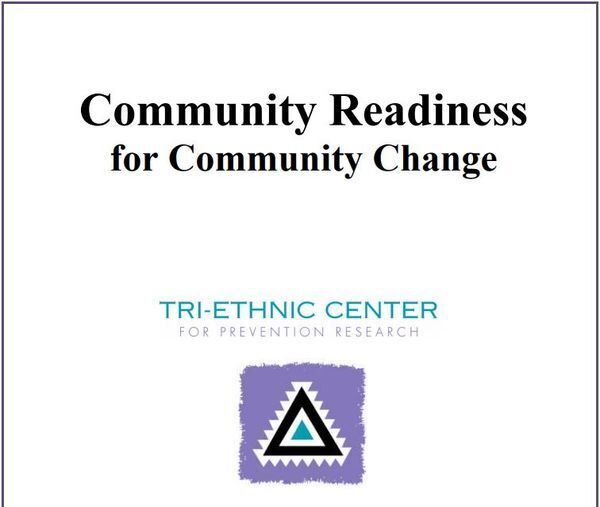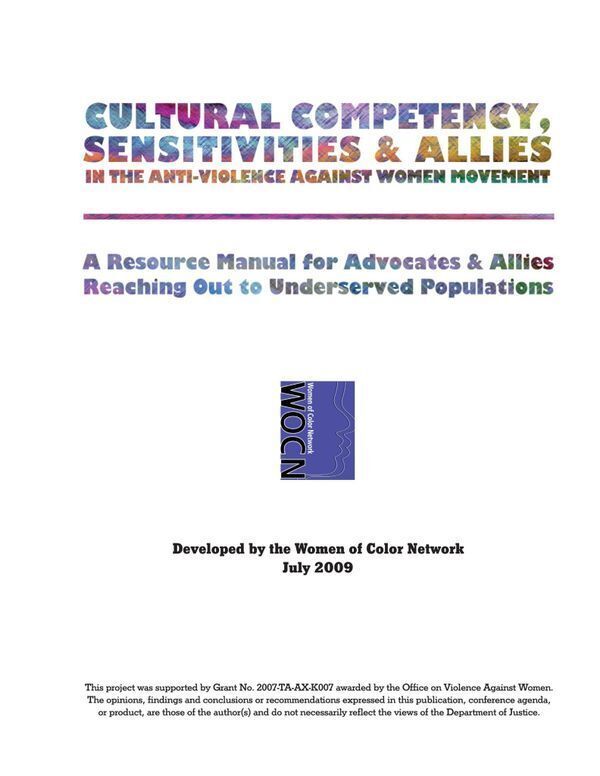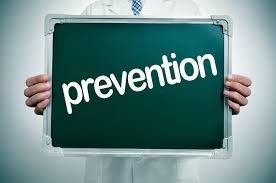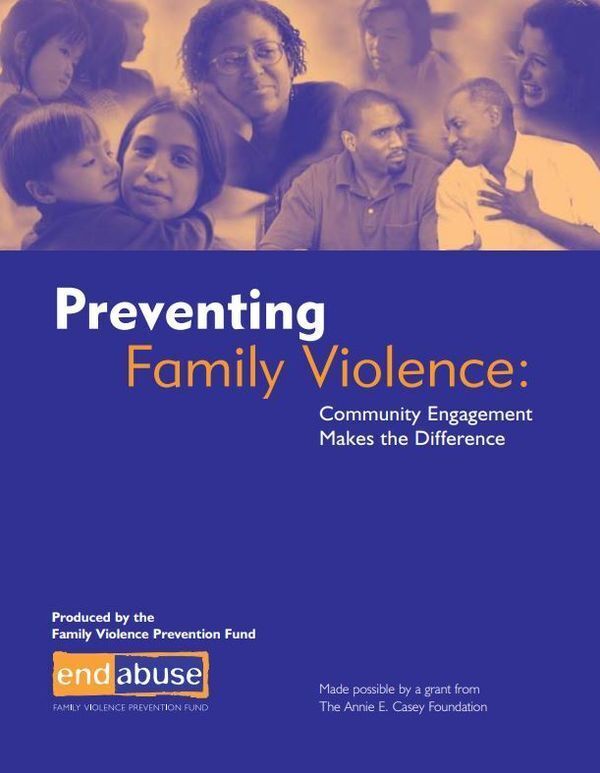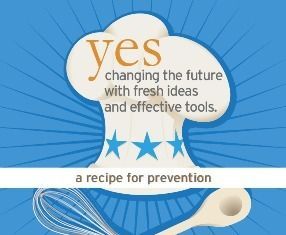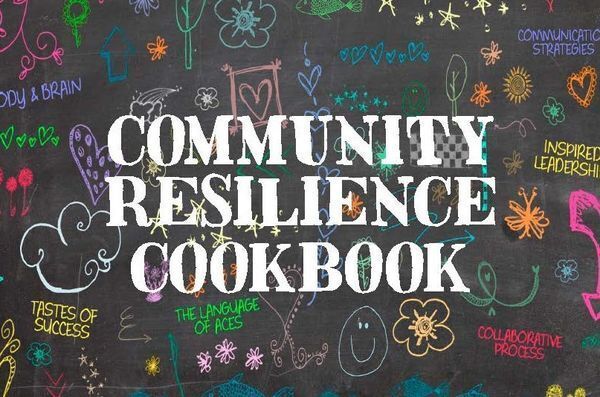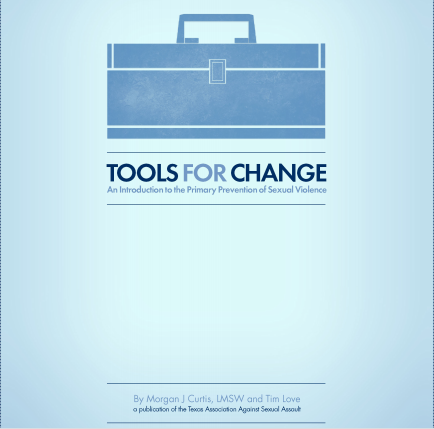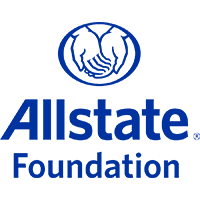-
The Community Readiness Model was developed at the Tri-Ethnic Center to assess how ready a community is to address an issue. The basic premise is that matching an intervention to a community’s level of readiness is absolutely essential for success. Efforts that are too ambitious are likely to fail because community members will not be ready or able to respond. To maximize chances for success, the Community Readiness Model offers tools to measure readiness and to develop stage-appropriate strategies that include:
Addressing community readiness for change; Increasing community capacity, and Creating a climate that makes change possible. -
This eight-chapter manual was developed by WOCN, Inc. staff, advisors and national partners and is intended as a tool for advocates and staff working at Office of Violence Against Women (OVW) funded organizations and community-based advocates seeking to enhance their services to underserved populations.
-
The following guidebook is meant to serve as a tool for communities and individuals who are beginning the process of planning for community-based primary prevention of sexual violence. There are many meaningful ways to engage community members in this process, not all of which will be covered in this guidebook, so please feel encouraged to seek out other strategies.
-
PreventConnect is a national project of the California Coalition Against Sexual Assault with funding from the U.S. Centers for Disease Control and Prevention (CDC), National Center for Injury Prevention and Control and RALIANCE. The goal of PreventConnect is to advance the primary prevention of sexual assault and relationship violence by building a community of practice among people who are engaged in such efforts. PreventConnect also builds the capacity of local, state, territorial, national and tribal agencies and organizations to develop, implement and evaluate effective prevention initiatives.
-
The Family Violence Prevention Fund (FVPF) launched the Community Engagement for Change Initiative in order to identify and learn from organizations and systems that are employing community mobilization strategies to prevent family violence. It is the FVPF’s hope that, after reading this report, community leaders and residents, social service providers, domestic violence advocates, and child welfare workers will be able to approach community engagement to prevent family violence from a more informed perspective. This, in turn, should facilitate better working relationships among participating groups and individuals and help foster the successful creation and implementation of new community-based engagement efforts to combat family violence in communities across the country(Fullwood C.)
-
A lighthearted way to explain the necessary ingredients for cooking up successful prevention efforts.
-
The Community Resilience Cookbook is a compilation of lessons learned and an interactive tool. Based on fostering "collective impact" this resource is an excellent tool that can help to build resilient communities. It was created by the Health Federation of Philadelphia (HFP), with support from the Robert Wood Johnson Foundation (RWJF.) With “essential ingredients” for community engagement and a “recipe for resilience,” this resource offers useful insights and inspiration to mobilize diverse stakeholders to raise awareness about Adverse Childhood Experience (ACES) and ideas for action to prevent the long term effects of early trauma.
-
This policy brief presents the distilled research and critical thinking of a diverse group of local and national experts in the field of child sexual abuse and exploitation. Prevention Institute assembled this team and coordinated their efforts with the generous funding and support of the Ms. Foundation for Women. This brief focuses on strategies that hold the greatest promise for transforming communities and preventing child abuse and exploitation.
-
This resource highlights the differences between prevention, awareness, and risk reduction.


